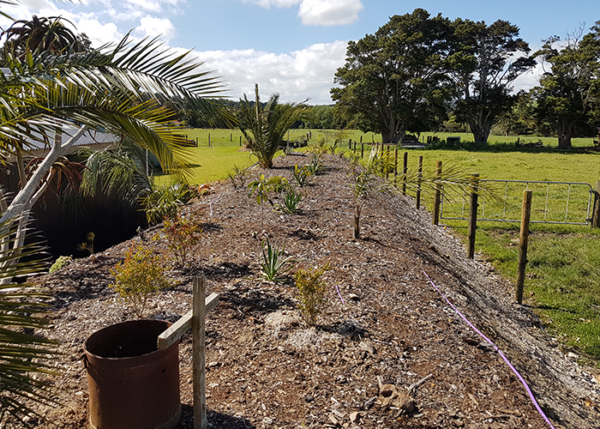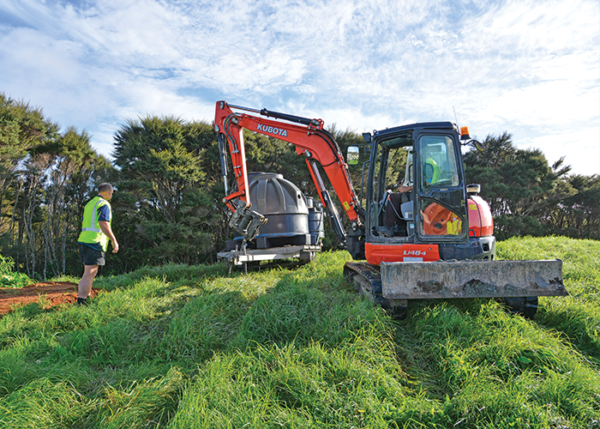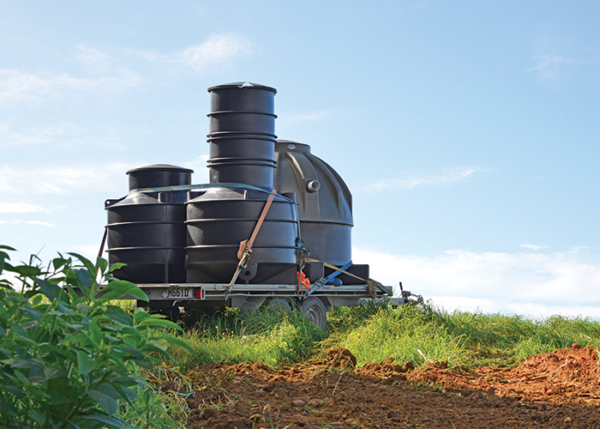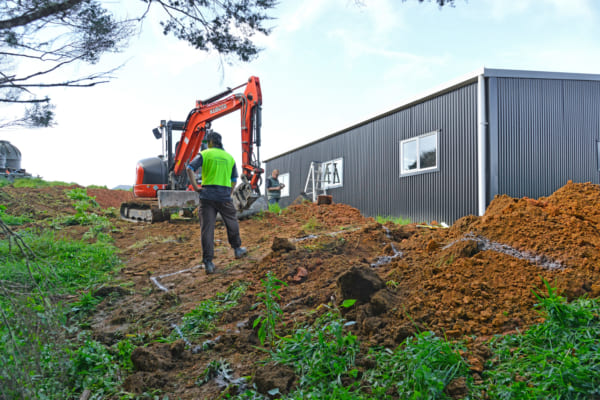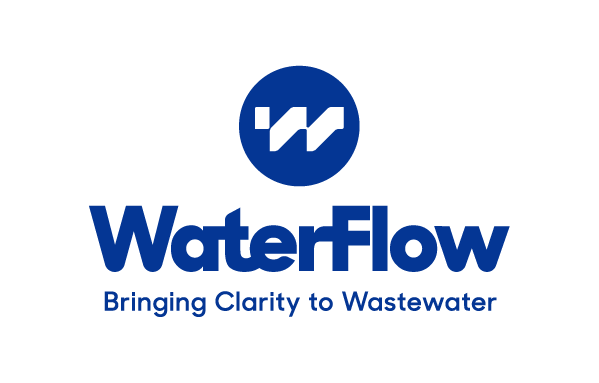Composting toilets are an environmental option for waste disposal. People who want to ‘go green’ often talk about the benefits of having a composting toilet installed in their homes. However, there is more to composting toilets than their environmental benefits.
What a composting toilet does
Composting toilets are dry sewage treatment systems. Since they do not use water, these types of toilet require composting cover material such as sawdust or vegetable scraps to absorb liquids and mask odours. It is an environmentally-conscious choice because it saves water and creates a by-product that can be used as manure for your garden.
Constructing a composting toilet is in itself not difficult, but it requires a power source and a greywater system to properly contain contaminants. Improperly installed systems lead to foul odours seeping into your home. In addition, you need to closely monitor the temperature, moisture, pH levels and organisms within your compost storage box.
After installation, a composting toilet involves a high level of maintenance to avoid health issues and cross-contamination. While some homeowners have opted to build their own composting loo, a lot of time and effort is required to manually process the waste. When the homeowners and builders of one of New Zealand’s first hemp homes built their own compost toilet system, they complained that maintaining it proved to be a time-consuming and tedious process. Poorly maintained systems also attract insects and rodents, and release foul odours. A number of composting toilets use electricity to speed up the decomposition process. This means added costs to utilities. You may have saved on water, but you consume more energy and spend more on electric bills.
Why a conventional toilet is not all bad
Conventional toilets let their users ‘flush and forget’, while those who utilise composting toilets do not. A conventional toilet saves you all the hassles and added costs of maintenance. In addition, there are a number of water-efficient options available on the market. Traditional toilets use about three to five gallons of water per flush, but low-flush toilets consume only one to two gallons of water for every flush.
A composting toilet also costs more up front. They usually range from $1,200 to $9,000, depending on the complexity of the system. Flushing toilets, on the other hand, cost $400 to $2,000.
You can still use a flushing toilet and be able to save costs on electricity, recycle water and be mindful of Mother Nature. NaturalFlow’s passive wastewater treatment systems safely take care of black and greywater produced by your household.
NaturalFlow treats blackwater and greywater efficiently
NaturalFlow supply passive wastewater treatment systems. They operate without electricity and do not require mechanical operating components. Our systems are designed to provide appropriate treatment for all wastewater to be reintroduced to nature. NaturalFlow systems utilise vermiculture and trickle filtration, mimicking how the forest floor breaks down solids into fertilising substances.
NaturalFlow separates black and grey water from the source, resulting in selective treatment within the system. Blackwater goes straight to our Wormorator module and is reduced to harmless humus by an ecosystem of worms. The remaining water can be used for irrigation of lawns and bushes. Greywater, on the other hand, is further filtered and treated through selective natural processes and can be used for watering plants and other domestic tasks.
We offer an innovative septic tank alternative designed to efficiently treat black and greywater in your home. Contact us on 0800 628 356 for enquiries about our septic system installation.
